Some decisions in life require you to break out the ol’ “Pro’s and Con’s List.” Should I take the new job or not? Should we go organic? Should I introduce the kids to Barney??
Sometimes, the pro’s and con’s of a decision are so neck-and-neck that a little nudge is all you need. Allow me to nudge you in the direction of saying “YES” to cloth diapering!! 🙂
I began my cloth diapering adventure nearly two years ago. Ironically, it came after about two years of my feet being firmly planted in the “disposables” camp, despite the constant prodding of my husband to at least consider my options. Grisly images of a smelly home, constant diaper changing, and drippy, poopy diapers hanging everywhere filled my mind with cloth diaper terror.
For two years, I told myself that disposables were worth the money and that I was saving myself tons of time and sanity. So what changed my mind, you ask?? That would be…Baby Number Two. When Baby Mark was born, our diaper bill sky- rocketed. I’m not sure how this is mathematically possible, but somehow the diaper budget did more than just double…it was at least tripled.
Knowing that my refusal to even consider cloth diapers was actually costing my family a fortune, I began to feel convicted over my stubbornness. So little-by-little, I started researching the world of cloth diapering. And what took place was such a drastic change of heart, that within a couple of weeks of my research, I had ordered my cloth diapers starter kit!!
Today, I simply want to share with you the basics of getting started in the world of cloth diapering. This includes what to buy, how much to buy, and where to buy it. In a follow-up post I will go into the how-to details of cloth diapering: how to fold the diaper, and how to store and clean them.
One of the first things that I decided was that if I was going to do this, I wanted to do it right. I didn’t necessarily want to buy the MOST expensive diaper out there, but I did want to get some really high-quality ones that I knew would last and keep my babies dry.
There are so many different styles of cloth diapering…inserts, all-in-ones, prefolds, it goes on and on. I’m going to tell you what I decided on and why. I chose to use “prefolds”, which are a large, flat diaper that is creased into three sections. You fold them in the manner that you think best, secure them with either a Snappy or pin, and then put a waterproof cover on top. I like the prefolds because there seems to be less washing and less steps involved in each diaper change.
Next, I had to choose the material that I wanted my prefolds to be made out of. Once again, the possibilities are endless…Indian cotton, Chinese cotton, hemp, organic. All of them have their own unique strengths and weaknesses.
I chose a material called “Chinese Cotton” that, in my opinion, is the Rolls-Royce of cloth diapers. It lasts for up to two years, is one of the most absorbent materials you can buy, and (unbelievably), was in my price range!
There are several cloth diapering websites that sell Chinese cotton diapers, but I use Amazon because they have the best prices. However, if you have a large baby/toddler it can be difficult to find the bigger sizes on Amazon. If that is the case for you, I would try a company called TinyTush.com. They are great, but a little pricier.
I also go through Amazon to purchase my Snappies (an easy way to secure diapers that doesn’t involve sharp pins) and my diaper covers. I use a brand of diaper covers called Thirsties, and they have been great…no leaks, even at night!
The next step is to come up with how much of everything to buy. I have found that two dozen prefolds, four covers, and two Snappies is sufficient for one child. All of these supplies should last from 1 ½ to two years, depending on whether you line-dry or machine-dry them.
I also buy one extra dozen of a size smaller than my child actually wears. I do this so that I have a smaller diaper that I can fold into a narrow strip and insert into his regular diaper at night. It serves as an extra leak guard during their long sleep.
I’ve gone over everything that you will need to get started on this cloth diapering adventure! And just so it’s easier to follow, I’m going to bullet point everything for you:
- 2-3 dozen Chinese cotton prefolds (in 2-3 different sizes)
- 4 Thirsties diaper covers
- 2 Snappies
So there it is. My dramatic conversion from cloth diaper hater to cloth diaper lover can be your conversion, too! With a little guidance, cloth diapering doesn’t have to be stressful at all!
And there’s one other thing that I haven’t mentioned… something that may just be the final nudge to get you to join the cloth diaper club. There is absolutely nothing cuter in the entire universe than seeing your bundle of joy’s bottom wrapped up in a giant, fluffy cotton diaper. It will bring tears to your eyes…promise! 🙂
So what do you all think? Disposables vs. Cloth…go!

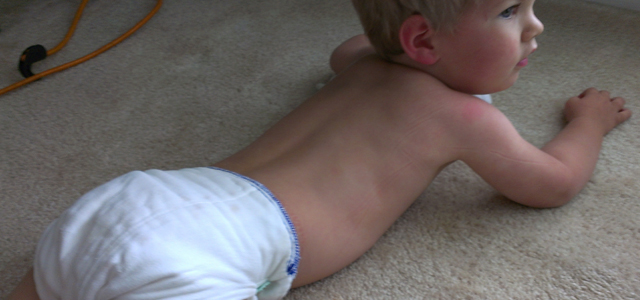
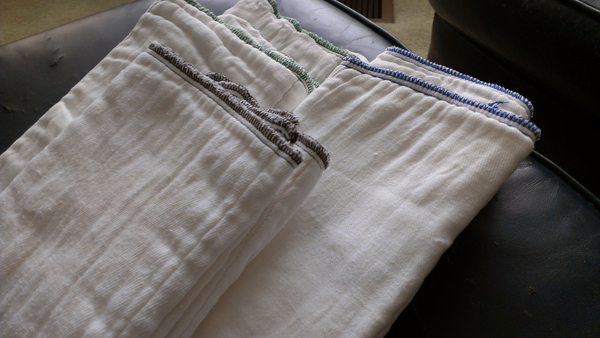
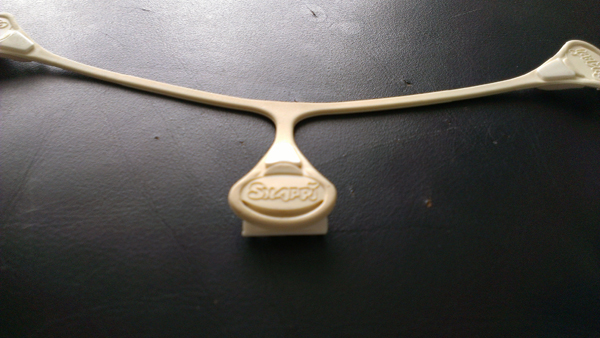
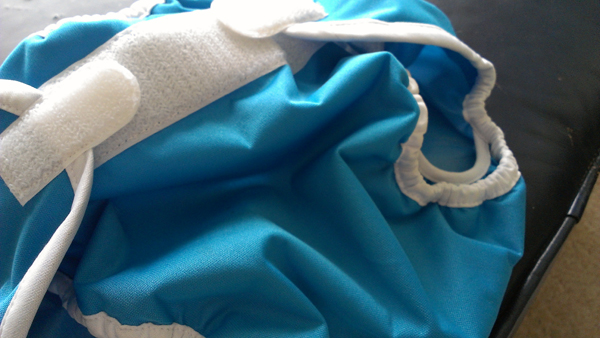
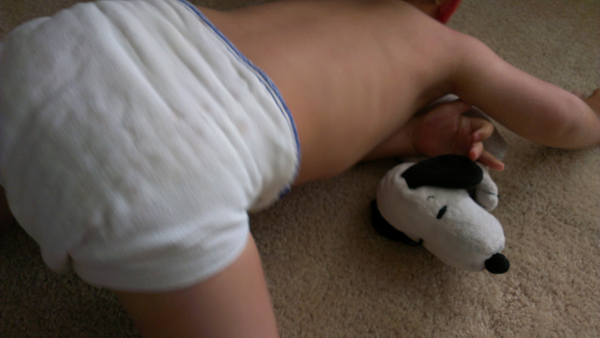
Ryan
May 2, 2013 at 8:27 pm (12 years ago)My partner Steve and I enjoy your blog on cloth diapers…we also are a lover of anything that saves money and is
environmental friendly. We have been using cloth diapers for a while on our little one, and they are so much better than disposables! Keep up the good work…
Ryan and Steve..Birmingham